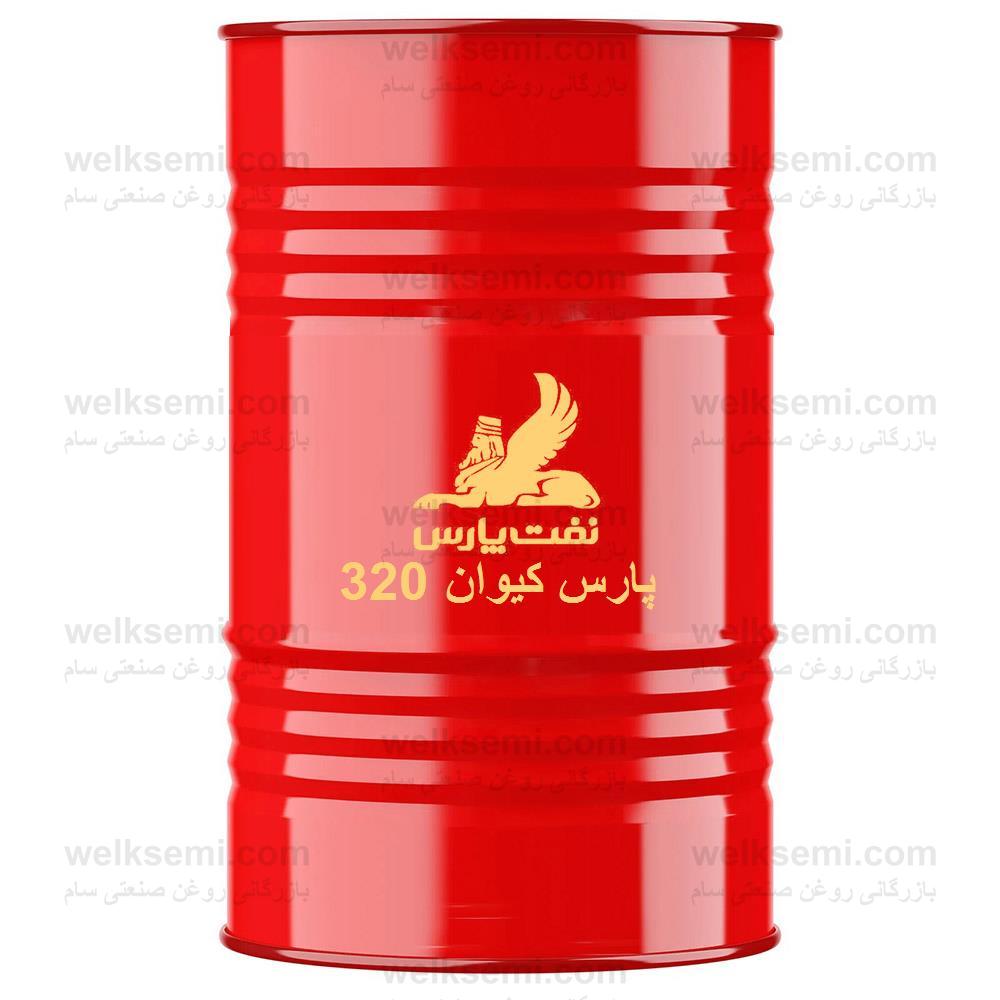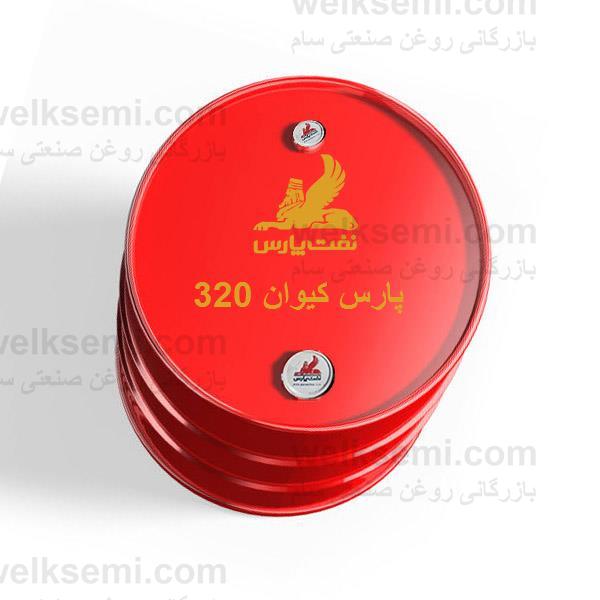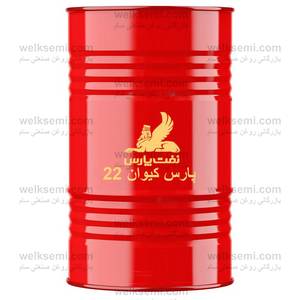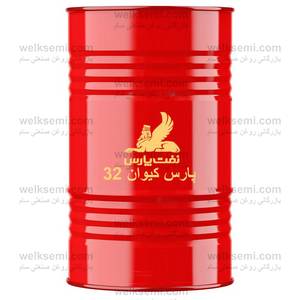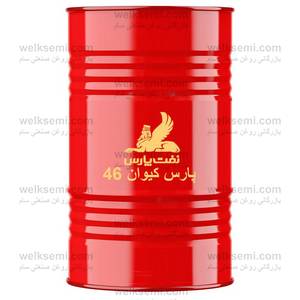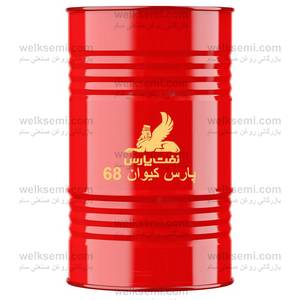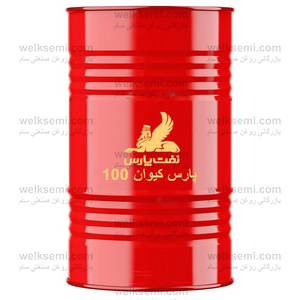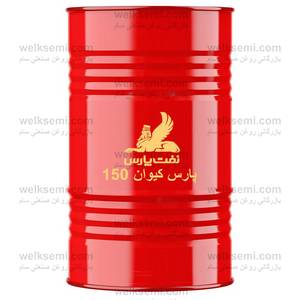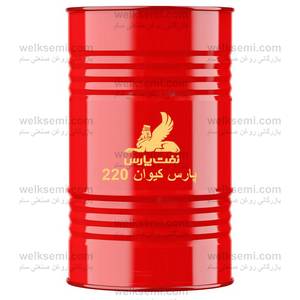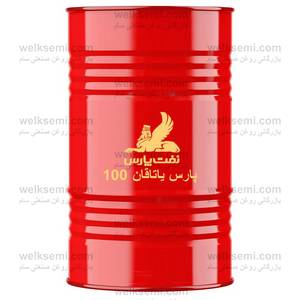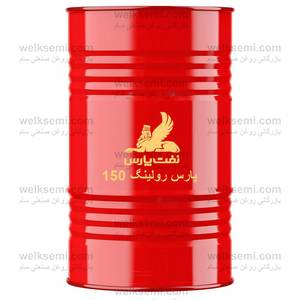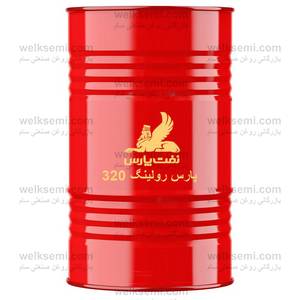Pars Kaveh 320: A Comprehensive Overview
Pars Kaveh 320 is a circulating oil product designed to provide optimal performance and lubrication for various industrial applications. This oil features exceptional thermal stability and outstanding lubricating properties, making it suitable for a wide range of machinery and equipment.
Understanding Pars Kaveh 320: Its Role in Industry
The **Pars Kaveh 320** is primarily used in circulating systems that require reliable lubrication to reduce friction and wear. It plays a crucial role in ensuring the smooth operation of equipment such as pumps, compressors, and turbines. Moreover, the oil helps in dissipating heat and preventing component overheating, which is vital for maintaining the efficiency of machinery.
The Advantages of Using Pars Kaveh 320
One of the most significant benefits of **Pars Kaveh 320** is its excellent lubricating properties. This oil minimizes wear and tear on components, leading to an extended lifespan for machinery. Additionally, its high viscosity index ensures consistent performance across varying temperatures, making it versatile for different operational conditions. Furthermore, the oil's superior anti-oxidation properties enhance stability and prolong service intervals.
Applications of Pars Kaveh 320: Where It Fits
**Pars Kaveh 320** is widely applied in various industries, including manufacturing, automotive, and energy. It is particularly effective in equipment requiring circulation systems, such as hydraulic pumps, gearboxes, and bearings. The product is also suitable for use in low-pressure hydraulic applications, making it a go-to choice for many industrial operations.
How to Buy Pars Kaveh 320
Purchasing **Pars Kaveh 320** is straightforward. You can find it at various authorized distributors and online retailers specializing in industrial lubricants. Make sure to compare prices and check for certifications to ensure you are purchasing high-quality oil. Additionally, bulk purchasing options may be available, which can lead to cost savings in the long run.
Product Specifications of Pars Kaveh 320
The **Pars Kaveh 320** has specific characteristics that define its performance. These specifications include a viscosity grade of ISO VG 320, excellent thermal properties, and a high flash point. The product also has specific viscosity indexes and pour points that ensure it remains effective under various temperature conditions. Understanding these specifications is crucial for selecting the right oil for your machinery needs.
Technical Information on Pars Kaveh 320
When considering **Pars Kaveh 320**, it's essential to understand its technical details. The oil is formulated with high-quality base oils and advanced additive technologies to enhance its performance. Key technical data includes flash point, pour point, and oxidation stability. These properties are critical for users to ensure that the oil performs optimally under their specific operating conditions.
Environmental Considerations of Pars Kaveh 320
Using **Pars Kaveh 320** also requires consideration of environmental impacts. This product is designed to meet industry standards for environmental safety, making it a responsible choice for lubricating machinery. Users should follow disposal regulations and guidelines to minimize environmental impact when replacing or discarding oil.
Maintenance Tips When Using Pars Kaveh 320
Proper maintenance is essential when using **Pars Kaveh 320**. Regular monitoring of oil levels, temperature, and viscosity can help ensure optimal performance. It's also crucial to replace the oil at recommended intervals and to check for contamination. Maintaining a clean lubrication system will help prolong the life of the oil and the equipment it protects.
Conclusion: Embracing Pars Kaveh 320 for Enhanced Performance
In conclusion, **Pars Kaveh 320** is an excellent choice for industrial lubrication needs. Its unique formulation provides numerous benefits, making it suitable for a wide range of applications. By understanding its specifications and following best practices for use and maintenance, users can maximize the performance and efficiency of their machinery.
